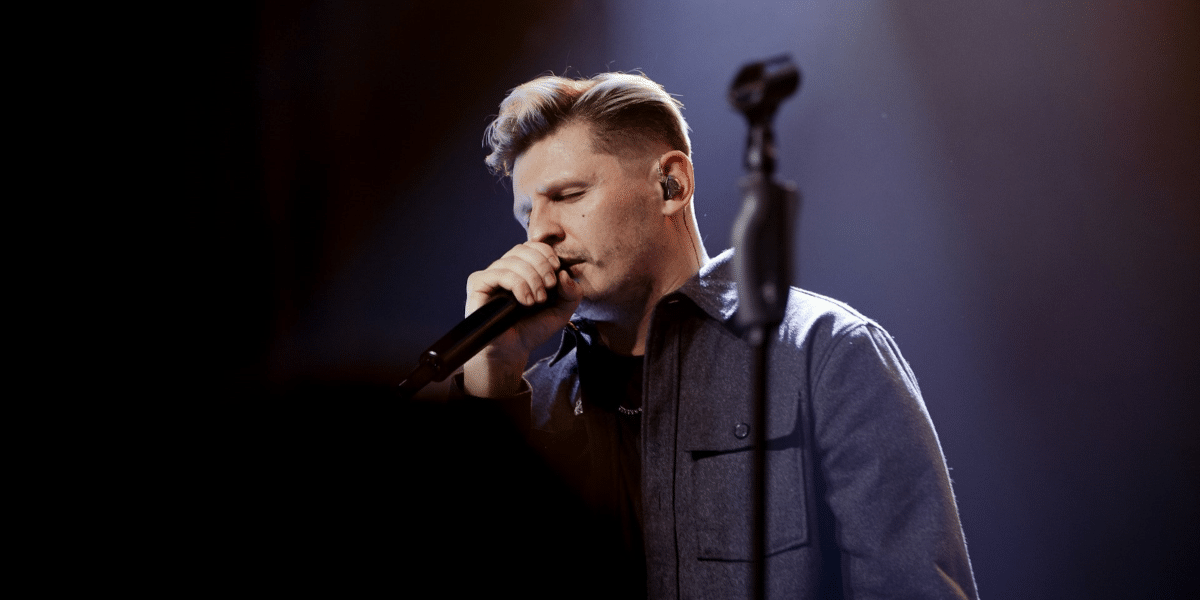In the world of performance, technical proficiency is often only half the battle. While mastery of one’s craft—whether it be music, dance, theater, or public speaking—is essential, true greatness lies in something more intangible: showmanship. The art of showmanship goes beyond the execution of skills; it is the ability to command attention, engage emotions, and leave an unforgettable impression. This article delves into the multifaceted world of showmanship, exploring the techniques that performers use to captivate audiences and create lasting experiences.
Read Also: Why Some Artists Ask Permission to Sample Songs
What Defines Stage Presence and Charisma?
The foundation of showmanship begins with stage presence—the performer’s ability to command the space and draw the audience in. It’s not just about being physically present on stage but how one inhabits that space with purpose and confidence.
Key to this is posture—standing tall, shoulders back, and making oneself physically open to the audience. This simple body language sets the tone for how the audience perceives a performer. Another powerful tool in creating stage presence is eye contact. When a performer locks eyes with the audience, it creates an immediate connection and signals confidence and engagement.
A strong energy projection is also crucial. A performer’s ability to project their energy across the stage, making every movement, note, or word felt by each audience member, elevates the entire experience. Finally, the development of a unique persona can transform a performer into an unforgettable figure. Whether it’s through distinctive costumes, mannerisms, or voice, creating a persona that stands out is a key element of stage presence.
How Do Performers Engage and Connect with Their Audience?
True showmanship is about creating a genuine connection with the audience. Audience engagement and the ability to forge an emotional bond are at the heart of this connection. Performers often employ various strategies to break the distance between themselves and the crowd, making each person feel involved in the performance.
One powerful tool is storytelling. Whether through song lyrics, monologues, or dance, the act of telling a story helps to create a shared experience. When a performer weaves a narrative, the audience is transported into a world where they feel connected to the performers’ journey. Humor is another effective strategy; it not only lightens the atmosphere but also builds rapport with the crowd. Laughter is a universal language that breaks down barriers and invites the audience to be part of the experience.
Direct audience address can also strengthen the connection. A well-timed comment or direct acknowledgment can make the audience feel seen and appreciated. This kind of interaction turns a performance from a passive event into an active, shared experience.
How Does Theatricality Enhance a Performance?
Showmanship is not only about the performer but also about the presentation of the performance. The visual elements—costumes, lighting, set design, and props—play an essential role in shaping the atmosphere and supporting the narrative of the performance.
Costumes are more than just clothes; they can symbolize a character’s journey, status, or emotional state. The right lighting can evoke a range of emotions—from a soft, intimate glow that draws the audience in to a stark, dramatic spotlight that heightens tension. Set designs and props further add layers of meaning to a performance, enhancing its visual impact and helping the performer tell their story in a more immersive way.
Movement and gesture are also crucial in this theatrical presentation. A simple gesture can convey a wealth of emotion or context, and deliberate movement can emphasize key moments in the performance, underscoring the emotional or narrative journey the performer is guiding the audience through.
Why Is Pacing and Dynamics Important?
In the art of showmanship, pacing and dynamics are essential to maintaining the audience’s interest. A well-paced performance ensures that the audience remains engaged from start to finish, with moments of intensity and calm carefully balanced to build suspense, anticipation, and emotional payoff.
Tempo manipulation is a key aspect of pacing. Whether slowing down to create suspense or quickening the pace to heighten excitement, performers use tempo to control the energy of the performance. The power of silence cannot be overstated—knowing when to pause can amplify the impact of a preceding or following moment. It’s these contrasts, between fast and slow, loud and quiet, that keep the audience’s attention fixed on the performer.
Variation in dynamics, whether through volume, intensity, or rhythm, ensures the performance doesn’t feel monotonous. Every change, whether subtle or dramatic, serves to maintain the emotional arc of the performance and guide the audience through the journey.
How Do Performers Craft a Compelling Narrative?
A well-crafted narrative is crucial in showmanship. Whether performing a play, a dance routine, or a concert set, performers structure their work to tell a story or create a journey for the audience. The performance is an arc, with a beginning, middle, and end, and it’s the performer’s job to make this journey feel meaningful and rewarding.
In narrative-driven performances, the storyline itself often mirrors the emotional or intellectual journey the performer wants the audience to experience. Even in non-narrative performances, such as instrumental music or abstract dance, performers carefully sequence their routines to create an emotional progression. They build tension and release it, allowing the audience to feel invested in the unfolding experience.
How Important Is Adaptability and Improvisation?
No performance ever goes exactly as planned, and adaptability is a key element of effective showmanship. Skilled performers are always ready to adjust to unexpected situations, whether it’s a technical glitch, an unplanned interaction with the audience, or a shift in the performance environment.
Improvisation is a crucial skill for performers, allowing them to stay present and connected with the moment. It’s the ability to adjust their performance based on the audience’s energy or respond to the unplanned. This adaptability helps keep the performance fresh and engaging, making it feel spontaneous and alive.
What Is the Psychology Behind Performance?
Understanding the psychology of performance is at the heart of great showmanship. Successful performers intuitively understand what the audience expects, how to create anticipation, and how to leave a lasting impression. These psychological principles can drive a performance that resonates long after the final note or gesture.
Creating anticipation is a powerful tool for a performer. Building suspense throughout a performance, leading the audience to expect a certain outcome or emotion, increases the impact of the payoff. Additionally, performers work to manage audience expectations, ensuring that they deliver what was promised, whether it’s a thrilling spectacle, an emotional journey, or a humorous experience.
Lastly, leaving a lasting positive impression is crucial. The final moments of a performance are often what the audience remembers most, and performers use these moments to cement their impact, ensuring the experience lingers in the audience’s mind long after the curtain falls.
Read Also: What It Means When an Artist Signs for a New Label
The True Essence of Showmanship
In the end, showmanship is what separates a good performance from a truly unforgettable one. It’s the ability to combine technical proficiency with emotional intelligence, personal charisma, and a deep understanding of how to craft a compelling narrative. Great performers know that commanding an audience is about more than just playing an instrument or delivering lines—it’s about creating an experience that resonates on a deeper level.
By mastering these elements of showmanship, performers ensure that their artistry leaves a lasting imprint, transforming a simple performance into a powerful, emotional journey that audiences will remember.

















